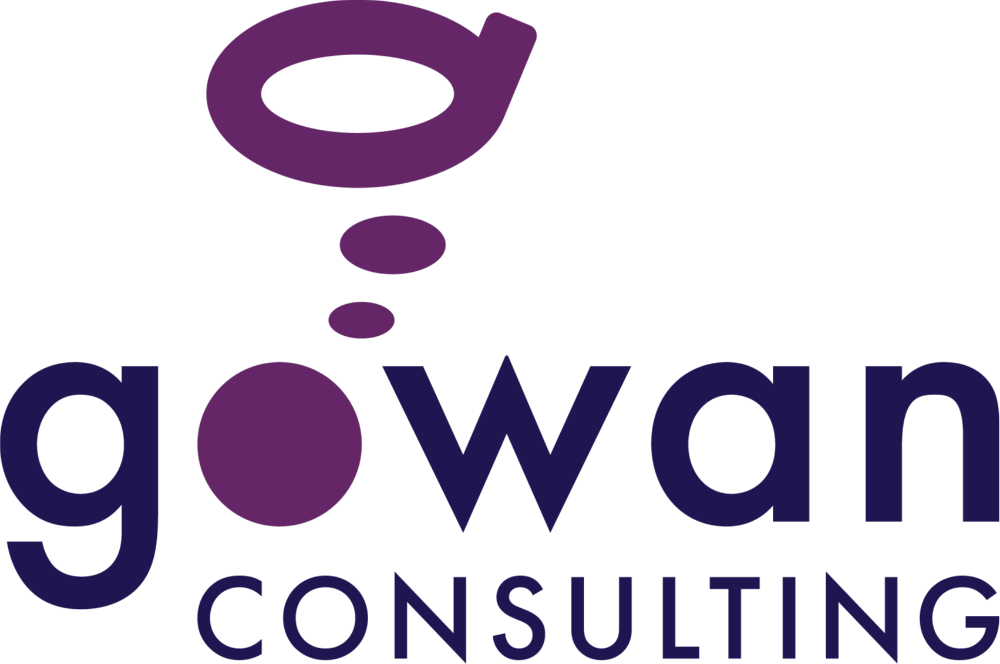Movement Matters: Take Steps to Reduce Sitting
Jan 25, 2024
The typical office worker spends up to 15 hours a day sitting.1 This includes occupational time, commute time, eating time, and leisure time. Even if you are positioned ergonomically at work, prolonged sitting can have many negative health effects.
Research suggests that greater daily time spent sitting in major activities is associated with elevated risks of mortality from all causes, including cardiovascular disease.2 High amounts of sitting cannot be compensated for with occasional leisure time physical activity. There is a strong link between sitting and obesity, metabolic syndrome, and incident type-2 diabetes, even with those who are physically active.2 Those who meet the recommended public health guidelines for physical activity are still at risk if they are sitting for a majority of their day.
With many workers spending upwards of eight hours a day seated at work, employers and employees should consider ways to increase movement and reduce sedentary behaviours to protect health and wellness.
Interrupt Sitting Time
How sedentary time is accumulated, rather than just the overall length of sedentary time, makes a difference. This means that interrupting continuous sitting time with periods of activity can reduce the hazards of prolonged sitting.
Not only does movement improve cardiovascular health, but it is key in reducing musculoskeletal discomfort and injury. Our bodies are designed for movement. Static positions such as prolonged sitting can lead to muscle stiffness and discomfort. Taking short breaks to stretch and move allows our muscles to stay flexible and agile.
You should be getting up at least once every half hour to walk around, stretch, and change positions to allow your upper extremities, eyes, back, and neck to rest. You can take microbreaks, breaking every ten minutes for 15 seconds. Allow yourself to drop your hands from your work, stretch, and breathe. Take breaks before you feel the need for them, take them at convenient moments in between workflow, and switch up your tasks to create variation in your posture.
Practical Tips for Incorporating Movement
- Find a way to connect movement to a task. It may be wise to create steps in your process or redesign your environment. Moving the printer farther away so you have to get up to use it or files on the other side of the room can build in a chance to stand and move.
- Build a habit of walks at breaks or lunch.
- Join a walking challenge with your colleagues or friends.
- Create a habit of walking before or after work for your “decompression time.”
- If you have a sit stand desk, program your alarm to remind you to stand up every 45 minutes of sitting.
- Do errands at lunch that involve getting away from the desk.
- Schedule a walking meeting with a coworker or go for a walk with a friend.
- If you are driving, find strategic points to get out of the car and stretch.
- Work with your team to create movement breaks such as yoga moves, mindfulness sessions, and dance parties.
- Modify specific seated behaviours so that they can be performed while standing. For example, when you talk on the phone, stand up and talk. Make sure your phone headset is wireless or has a long enough cord for you to stand up and move.
- Replace sedentary activities with more physical activities or reward yourself with sedentary hobbies once you have achieved your standing goals for the day.
- Problem-solve your barriers to daily standing (e.g., fatigue, pain, work demands, mood, social pressure, weather) to find a time or method that works best for you.
What Can Employers Do?
- Encourage employees to take their lunches away from their desk and to take regular breaks to get up and move.
- Be knowledgeable about proper ergonomic principles. Share this knowledge with your team by accessing virtual ergonomic webinars and tip sheets.
- Put ergonomic guidelines in place for employees to prevent musculoskeletal injuries.
- Facilitate ergonomic assessments for your employees.
- Ensure that proper equipment is ordered and set up for employees working from home or the office.
- Consider team challenges to encourage each other to participate in physical activity.
- Consider wellness activities and resources in your benefits programs.
How Can Gowan Consulting Help?
- Book a consultation to learn more about how we can offer customized ergonomics training or ergoblasts for your team.
- Inquire about our next public training on Hybrid Office Ergonomics for Health and Safety Professionals.
- Arrange for an ergonomic assessment for employees with specific health conditions or complex jobs. Make a referral today.
- For more on all we have to offer, contact us! We want to help make the difference in your healthy business.
References
[1] Healthline. (2017, July 9) :Is Sitting Too Much Bad for Your Health?" https://www.healthline.com/nutrition/why-sitting-is-bad-for-you#prevalence-of-sitting
[2] Katzmarzyk, P. T., Church, T. S., Craig, C. L., & Bouchard, C. (2009). Sitting time and mortality from all causes, cardiovascular disease, and cancer. Medicine and science in sports and exercise, 41(5), 998–1005. https://doi.org/10.1249/MSS.0b013e3181930355

